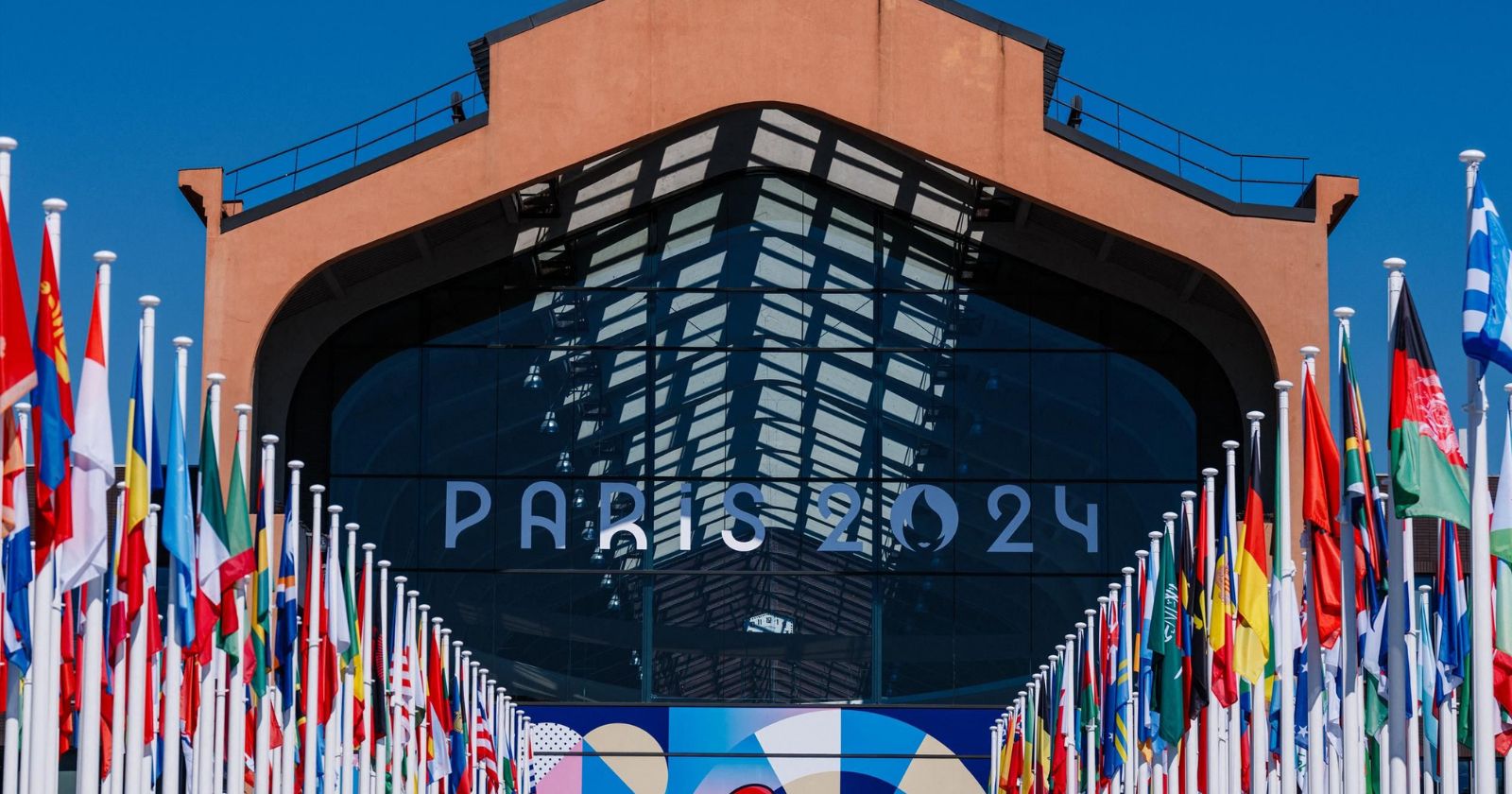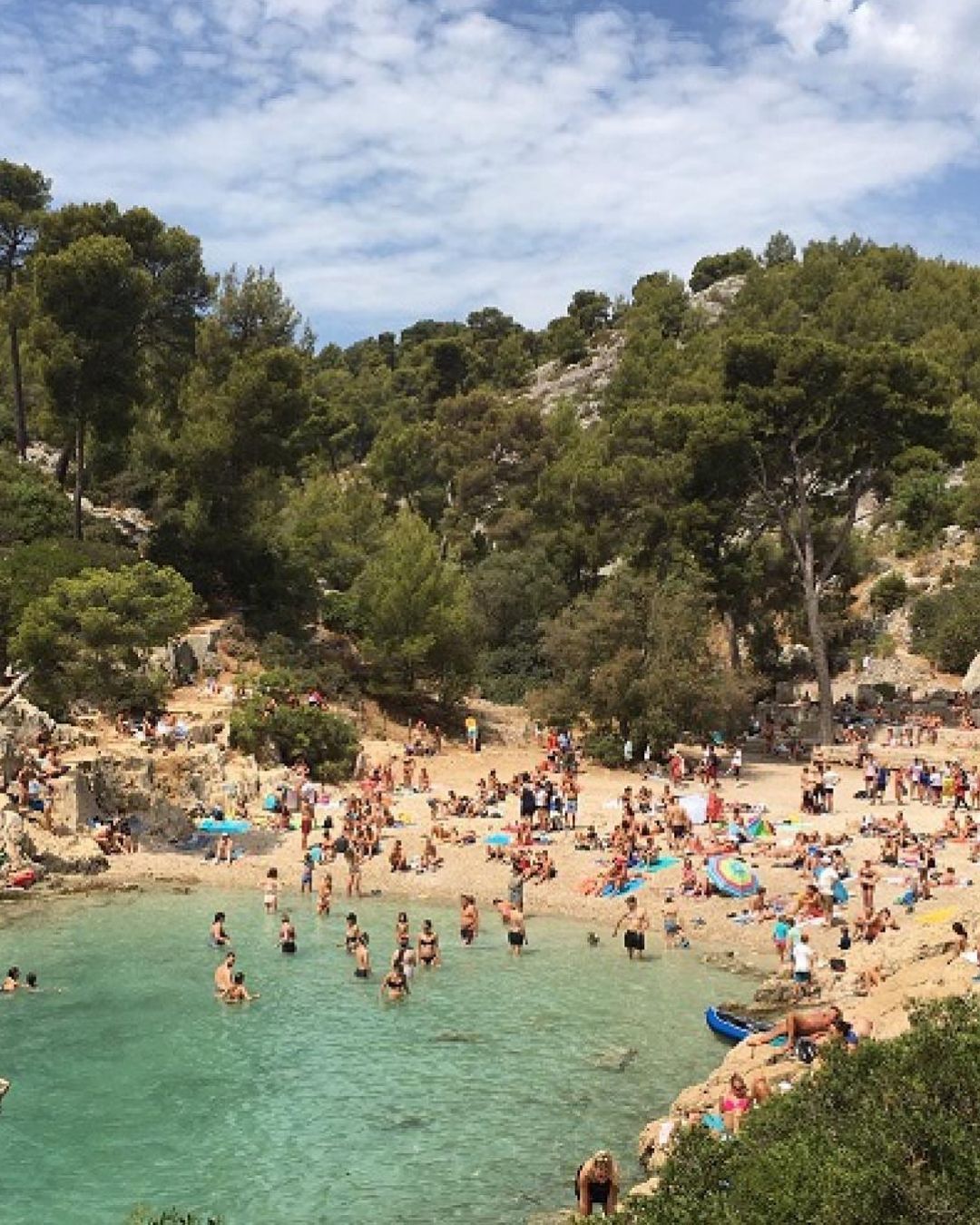
The world's largest restaurant is in Paris But for two months only
During the period of the Olympics and Paralympics in Paris, all athletes and their staff will have breakfast, lunch, and dinner at the Olympic Village, which for about two months will become the largest restaurant in the world. The venue was opened two weeks before the start of the Olympics, which will begin on July 26, so it is already operational, and will continue to be so until the conclusion of the Paralympics, scheduled from August 28 to September 8. It is estimated that the kitchen brigade will have to prepare a total of over one million meals, with an average of 40,000 per day during peak periods. The restaurant will have 3,500 seats: several stands will be set up in the area where it is located, some of which will remain open day and night. It is also estimated that only the athletes visiting the restaurant during the event will be about 15,000 per day. Preparing food for so many people is evidently very complex, not only because of the very high number of diners; it must be kept in mind that the competing athletes come from all over the world, so they have very different dietary habits and needs, and also follow very specific diets. In a restaurant of this size, the logistics are also very intricate: before being cooked, the food must be ordered and stored – then the service must be organized. The company that will take care of all this is Sodexo Live!, a division of a French multinational active in the world of catering and personal services. To be prepared for these two months of work, the company has been collaborating for years with producers, farmers, and breeders.
What do people eat at the Olympic Village?
Feeding the masses is no small feat. In Catersource's recent feature, our Sodexo Live! @OCCC team spoke on how we manage to feed massive crowds and why flexibility is key: https://t.co/owPbvznehD pic.twitter.com/hJGetCqCbC
— Sodexo Live! (@sodexo_live) July 2, 2024
In an attempt to satisfy the tastes and needs of all diners, and especially the athletes, the restaurant at the Olympic Village will offer four different cuisines: French, Asian, African-Caribbean, and one that generically includes other world culinary cultures. Among the dishes on the French menu will be vegetarian bourguignonne and cod with mashed potatoes, while one of the Asian cuisine courses will be minced pork with basmati rice, Thai basil, cauliflower, and turmeric roasted potatoes. Representing the African-Caribbean cuisine will be, among other things, fried shrimp with chermoula sauce, sautéed peppers, onion, and tomato; in the "world" section, you can try lamb with mint juice and vegetarian moussaka. According to estimates, throughout the duration of the Olympics and Paralympics, there will be around a million eggs, three times as many bananas, and over twenty-five tons of coffee will likely be needed. The menu planning took a year and was developed starting from a list of recipes and ingredients recommended by the international Olympic committee.
The main difficulty for the organizers was to synthesize a proposal that could satisfy everyone, without exaggerating the offer, which would have further complicated the entire process. Although animal proteins remain a fundamental part of the athletes' diet, a third of the dishes on the menu will be plant-based. Most of the raw materials will be produced in France – 25% no more than about 20 kilometers from Paris. Only bananas, coffee, and chocolate will come from outside the country. The restaurant at the Olympic Village is also designed to reduce the ecological footprint of food consumption. To avoid waste, it was decided to serve smaller portions than usual, with the option of having seconds. The same plates, at least 30,000 of them, are designed to be reusable. A good portion of the uneaten food will then be redistributed thanks to food banks partnered with the organization. In the restaurant of the Olympic Village, there will also be twenty chefs from various countries around the world, who will be at the service of diners to clarify any doubts and curiosities about the dishes.















































